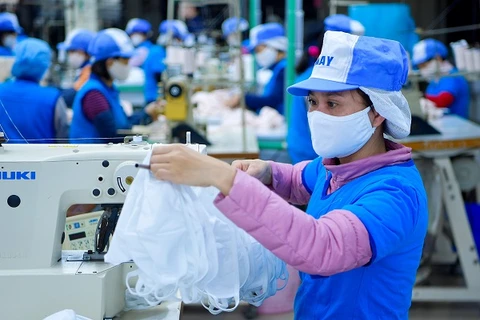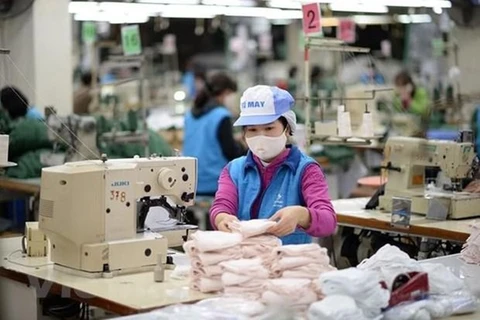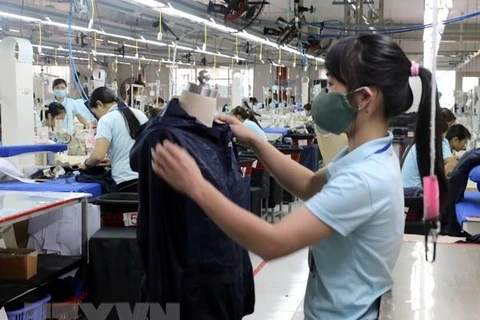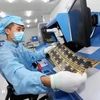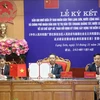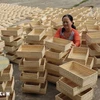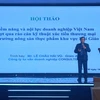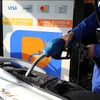Despite being affected by impacts of the COVID-19 pandemic and a hike in logistics prices, textiles continue to post impressive results in the first quarter of 2022.
According to Cao Huu Hieu, General Director of Vietnam Textile and Garment Group (Vinatex), investment efficiency, making good use of market opportunities and customers have helped the industry overcome challenges.
Moreover, with brand names moving in to the textile sector, Vietnam will be an attractive investment destination for the world’s top big name producers.
The best first quarter ever in 10 years
- Looking back at the outstanding results of the textile and garment industry in the first quarter, what is the cause of advantages of Vietnam’s textile and garment industry on the world map?
Cao Huu Hieu: By the end of the first quarter, Vietnam's textile and garment industry continued to be among the strongest sectors which enjoyed an upward trend with an export turnover of 8.84 billion USD, an increase of 22.5% compared to the same period in 2021.
Vinatex's production-business results in the first quarter were quite good. Accordingly, the revenue in the first quarter reached nearly five trillion VND, up 44% compared to the same period in 2021 and reached 28.5% of the plan.
Consolidated profit before tax reached 376 billion, an increase of nearly 74% compared to 2021 and 39.6% compared to the 2022 plan. This is Vinatex's best first-quarter results in the last 10 years.
In order to achieve such results, in Vinatex's Strategy for Material Production Development (2015-2020), we have determined the proactive use of raw materials in textile products production. We also avoided dependence, which is an extremely important factor in long-term development. Therefore, during this period, Vinatex has invested in a number of fiber production projects with modern technology, for high quality universal products.
In 2021, Vinatex inaugurated and put into use two fiber projects, increasing the production capacity of Vinatex to 5 of the ten thousand fiber pile systems. These projects have been effective, especially in the period of excellent yarn market in 2021, extending to the first quarter of 2022.
These projects will also continue to be effective in implementing the “One Package Destination” strategy of the group in the coming period. For the fiber industry, taking advantage of market opportunities and customers in 1st quarter, most fiber units are fully loaded with orders signed from the end of 2021. On the other hand, fiber units also have an advantage with the amount of raw cotton that was purchased early in 2021 at a price lower than the price of cotton purchased at the time of the first quarter of 2022.
With the garment industry, in the first quarter, the epidemic situation was in relative control. The proportion of workers returning to the garment industry was high, especially in the southern garment units, up to more than 90%. It helps units quickly stabilize labor, deploy production efficiently. Many units have signed orders for the end of the second quarter, even the end of the third quarter.
- How would you evaluate the breakthrough in attracting investment as well as promoting exports from new generation FTAs, especially the RCEP agreement that Vietnam has just entered?
Cao Huu Hieu: The Regional Economic Partnership Agreement (RCEP) forms a market with 2.2 billion consumers. This accounts for about 30% of the world's population and GDP equivalent to about 30% of global GDP. It is the largest free trade area in the world in terms of population size.
In the RCEP Agreement, some countries are parties to the CPTPP Agreement, which will solve the difficulties and challenges coming from "inputs" because it will help support the current domestic shortage of raw materials./.

